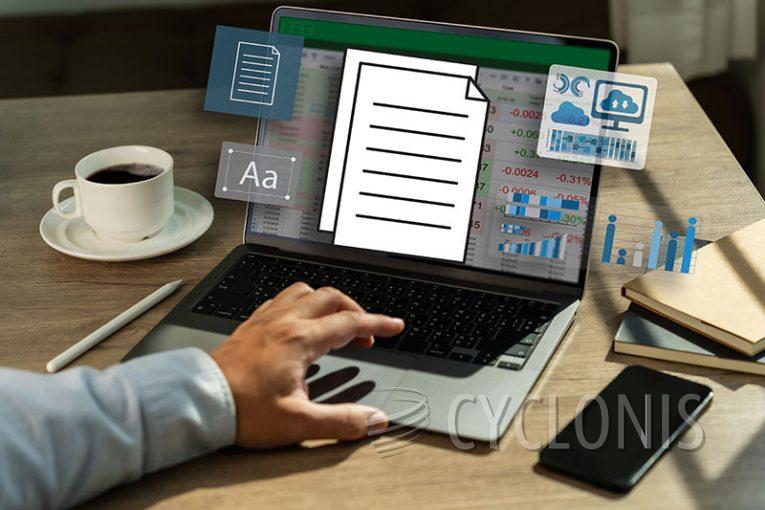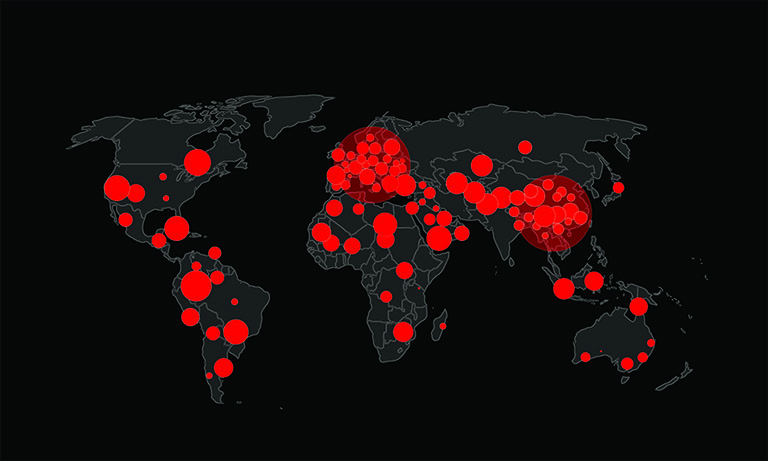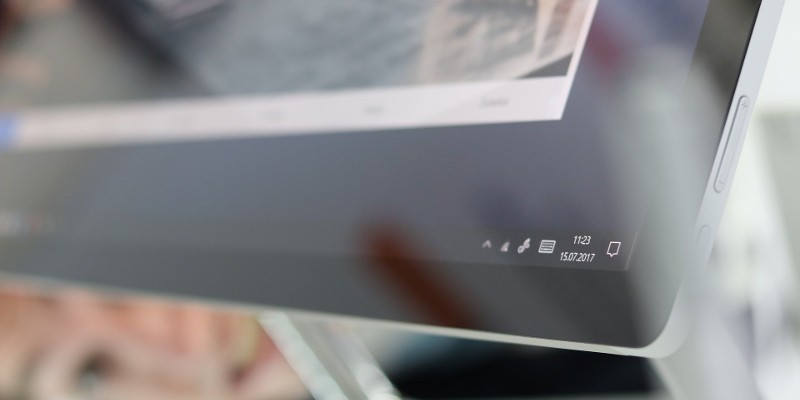Microsoft’s New Windows Recall Reinvents AI Search with Data Protection

Microsoft’s Windows Recall feature, which faced backlash for its privacy concerns, is returning with a significant security overhaul. Just three months after its controversial initial preview, Microsoft has re-engineered the tool with a fresh approach to data encryption and isolation. Windows Recall, now equipped with Proof-of-Presence Encryption and enhanced security architecture, aims to provide users with better control over their data while offering a powerful AI-driven searchable memory of their digital activity.
Table of Contents
What is Windows Recall?
Windows Recall is an innovative feature designed to take snapshots of everything a user does on their Windows computer, allowing for easy, AI-powered searches through a digital archive of their past actions. Imagine being able to search for something you did weeks or even months ago, with AI surfacing the relevant snapshots in seconds. While this concept opens up new possibilities for productivity, the privacy concerns it initially raised were serious enough for Microsoft to pull it back for a complete redesign.
A Fresh Focus on Privacy
In its revamped form, Windows Recall promises robust security controls to protect users from potential misuse or unauthorized access. Key to this update is Proof-of-Presence Encryption, which ensures that any stored data can only be accessed when the user is physically present. This encryption model adds a layer of protection, requiring verification through Windows Hello’s camera or fingerprint scanner before any sensitive data is accessed. Furthermore, all data, including screenshots and extracted text, is fully encrypted and stored in secure enclaves isolated from the rest of the system.
In addition to encryption, Microsoft has implemented strict anti-tampering measures and Data Loss Prevention (DLP) checks to prevent sensitive information, such as passwords or credit card numbers, from being captured by Recall. The system also operates within Virtualization-Based Security (VBS) enclaves, meaning that none of the captured information leaves these secure areas without explicit user approval.
Opt-In Experience and Complete Control
One major concern with the initial version of Windows Recall was that it took snapshots of a user’s screen every five seconds, even if the user hadn’t explicitly consented to it. The new version addresses this by making Windows Recall an opt-in feature. During the setup process, users must actively choose to enable the feature. Otherwise, it will remain off, and no snapshots will be taken.
Microsoft also ensures that users have complete control over the data Recall collects. The feature comes equipped with tools that allow users to delete specific snapshots, remove data from particular apps or websites, and even clear all stored information. There’s also a real-time system tray icon that provides visibility into when snapshots are being taken, allowing users to pause the feature whenever they wish.
Advanced Security Measures
One of the most important aspects of Windows Recall’s redesign is its sophisticated security model. All snapshots and associated information are encrypted using keys that are safeguarded by the Trusted Platform Module (TPM), which is tied to the user’s Windows Hello Enhanced-Sign-in Security identity. This means that even if an attacker gains access to the machine, they cannot decrypt the data without the user’s presence.
Additionally, Microsoft has incorporated rate-limiting and anti-hammering measures to prevent malicious actors from trying to gain unauthorized access to Recall’s settings or user data. The system also features a just-in-time authorization model, similar to how password managers operate, where access to the stored data is granted temporarily, and all information is wiped from memory once the session ends.
Enhanced Privacy Controls
Microsoft recognizes the need for privacy when using Recall, especially when it comes to browsing sessions. The system is designed to never save data from in-private browsing sessions and gives users the option to filter out specific apps or websites from being captured. Users can also set limits on how long Recall retains data and how much disk space is allocated for storage.
For businesses, the integration of Microsoft Purview DLP technology ensures that sensitive information such as passwords, ID numbers, and other private data is automatically blocked from being stored in Recall. This proactive approach helps minimize the risk of accidental data exposure.
Microsoft’s new approach to Windows Recall seeks to balance the powerful AI-driven search capabilities with robust security and privacy features. By integrating cutting-edge encryption, secure data isolation, and user-centric controls, Microsoft has taken steps to address the privacy concerns that marred the initial release. Windows Recall is now a more secure, optional tool that empowers users to decide how and when their digital memories are stored.
For those looking to streamline their digital workflow while maintaining full control over their data, the revamped Windows Recall may just be the innovation they’ve been waiting for.








